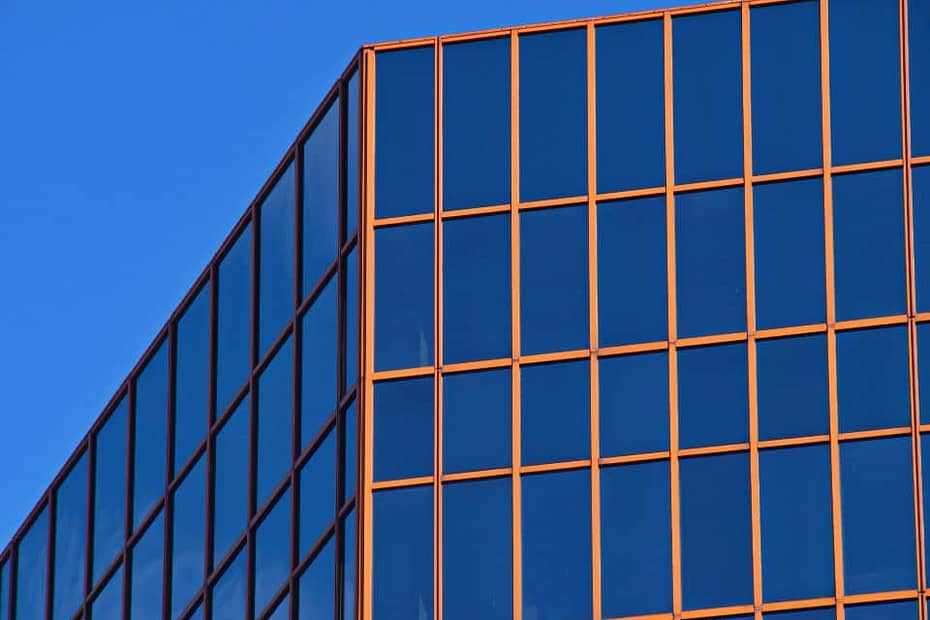Repetition and Imitation: Architectural Designs
Architecture is a dynamic and constantly changing sphere of creation. Architects work hard to push the limits of design, producing buildings that are not only useful but also beautiful and cutting-edge. The predominance of repetition and imitation in architectural designs, however, is a worrying tendency that has recently surfaced in the field of architecture.
Architectural repetition and imitation relate to the practice of creating new buildings that closely resemble preexisting ones or follow accepted design norms, frequently influenced by market and commercial trends. Even if some borrowing from earlier architectural movements is to be expected and even praised, an excessive emphasis on copying can restrict creativity and result in a lack of originality in architectural works.
Trends in Business and Their Effect
The impact of market forces and commercial trends on architectural designs is one of the main causes of repetition and imitation. The temptation to satisfy market needs, which frequently favor familiarity and tried-and-true designs over creativity, may cause architects and developers to fail in a business that is becoming more and more competitive.
monetary considerations
The high costs of architectural projects, including labor, materials, and construction, may influence developers to choose tried-and-true designs. This risk-averse strategy reduces financial uncertainty but may produce bland, generic buildings.
Typical Preferences
The results of consumer preferences surveys and market research are important considerations in architectural design. In the belief that these designs will appeal to more potential purchasers or tenants, developers may give priority to designs that follow current fashion trends.
Image and branding
Real estate developers and businesses can use architectural designs as a branding tool. As a result, they could emphasize repetition over innovation and select designs that convey a unified brand across their portfolio.
Influence on Innovation
An excessive dependence on repetition and imitation can have a negative impact on innovation and originality within the field of architecture, even if it is important to recognise the economic and market-driven elements driving architectural designs. This is how:
Limiting Originality
When under pressure to adhere to established design norms, architects may feel constrained in their creative attempts. The investigation of revolutionary ideas can be hampered by a fear of departing from the standard.
standardized skylines
Too much repetition can cause city skylines to seem uniform. When all new construction closely mimics its surrounding structures, a city’s distinctive identity and character may be compromised.
Opportunities Lost
Innovative design approaches to today’s socioeconomic and environmental problems could be overshadowed by imitation. Architects might overlook chances to design futuristic, sustainable buildings.
Keeping the Originality
Architects and developers must strike a balance between practical considerations and creative creativity in order to overcome the issue of recurrence and imitation in architectural designs.
Design Principles
Establish precise design standards that promote innovation while satisfying consumer desires. These rules may provide architects the freedom to try new things within certain bounds.
Collaboration
Encourage cooperation between developers, architects, and other interested parties to explore novel concepts and question accepted standards.
Knowledge and Awareness
Encourage the teaching of architecture that highlights the value of innovation and creativity. Increase public understanding of the long-term advantages of original and creative designs.
Conclusion
A variety of business variables can be used to explain why repetition and copying are so common in architectural designs. The success of the industry depends on these qualities, but it’s critical to achieve a balance that protects authenticity and encourages innovation. By doing this, designers can keep pushing the envelope and produce buildings that satisfy market demands while inspiring and captivating the world.
More on INJ Architects:

